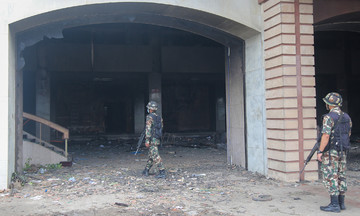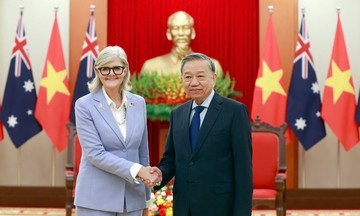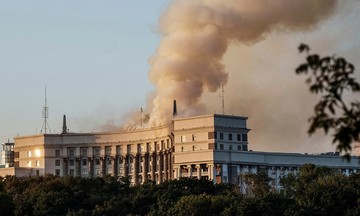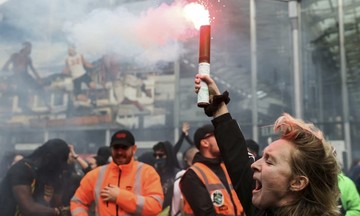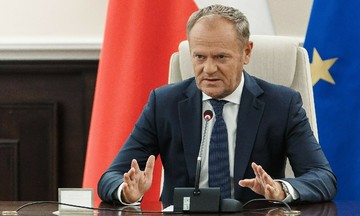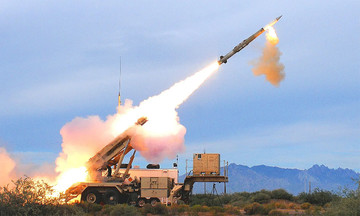Kathmandu, 8/9 - Tens of thousands of protesters flooded the streets of Nepal's capital, denouncing the government's near-total ban on social media platforms for alleged non-registration and lack of compliance with government oversight. The situation escalated into violence as the crowd stormed the parliament building, leading to police opening fire. 20 people were killed, and hundreds were injured.
Dubbed the "Gen Z protests," the demonstrations were predominantly composed of individuals born between 1997 and 2012. The following day, Prime Minister Sharma Oli resigned, and the social media ban was lifted. However, the protests intensified, with demonstrators setting fire to officials' residences, the parliament building, and government offices.
Observers suggest that the protests are rooted in deeper grievances stemming from economic, political, and social issues, including widespread government corruption.
"The social media ban was just the last straw. Dissatisfaction with governance has been simmering for a long time. People are very angry, and Nepal is in a very precarious situation," Prateek Pradhan, editor of Nepal's independent news site Baahrakhari, told Global News.
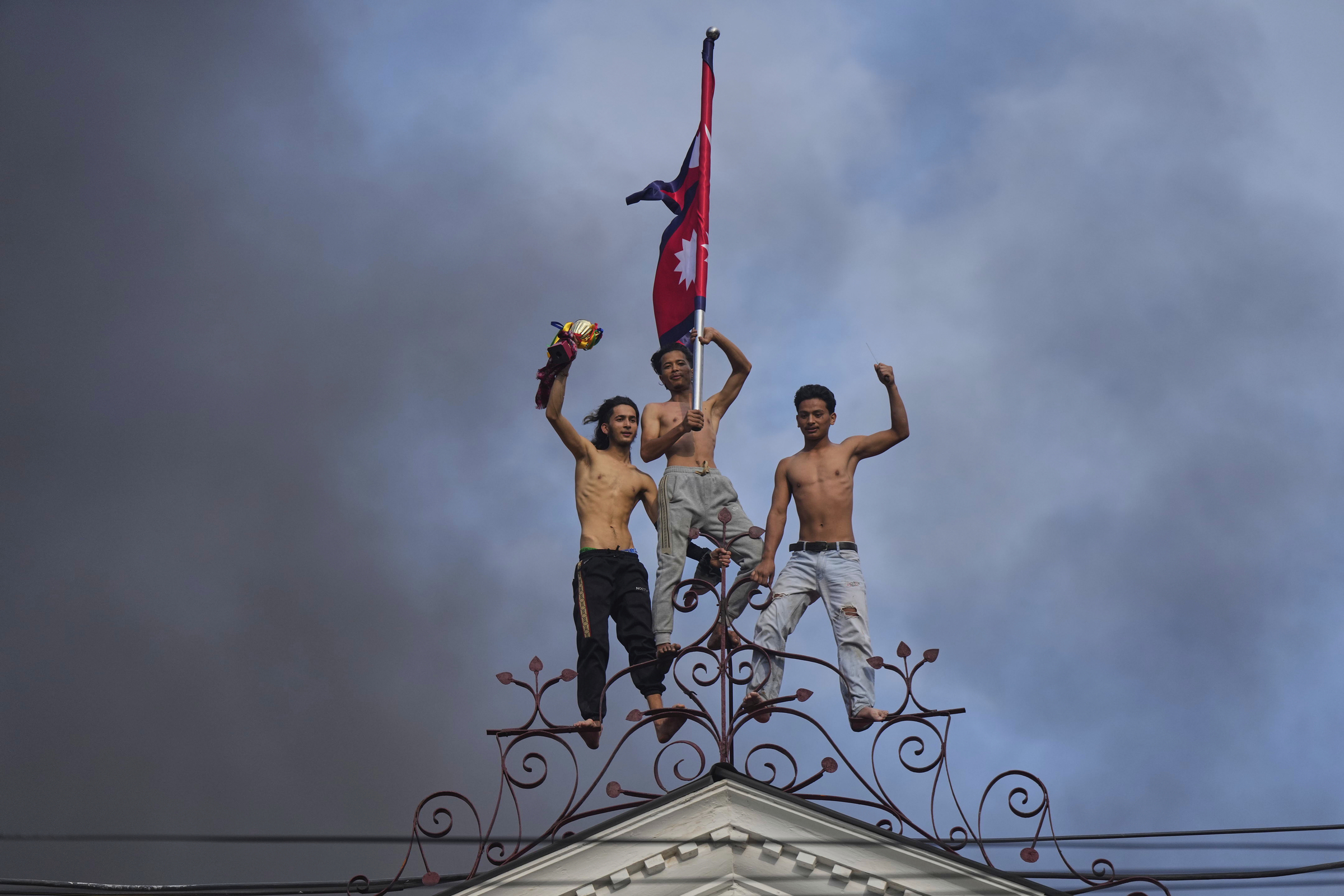 |
Protesters climb the roof of a Nepalese government building in Kathmandu on 9/9. Photo: AP |
Protesters climb the roof of a Nepalese government building in Kathmandu on 9/9. Photo: AP
The protesters claim to represent Nepal's Gen Z, voicing concerns about pressing social issues following the country's transition from a monarchy to a republic in 2008. The nation has since witnessed significant political upheaval, with over 10 governments formed and dissolved in a short period.
Among the many reasons for youth dissatisfaction with the government, unemployment is a key concern. A 2024 survey by the National Statistics Office revealed a 12.6% unemployment rate in the nation of 30 million, primarily affecting young people.
This figure likely underrepresents the severity of the problem, as it only accounts for those participating in the formal economy, excluding the vast number of informal workers, mostly in agriculture.
The dire economic situation has driven an estimated 3.5 million young Nepalese to seek work abroad, primarily in wealthy Gulf states, Malaysia, or South Korea, sending remittances back to their families. Government data indicates that over 741,000 people left the country in 2024.
In 2024, Nepal received $11 billion in remittances, equivalent to over 26% of its GDP. A World Bank report on Nepal's economy in the first half of 2025 highlighted the country's reliance on remittances for economic growth, which has not translated into quality domestic jobs, perpetuating a vicious cycle.
"An alarming 82% of Nepal's workforce is informally employed, far exceeding global and regional averages," the report stated.
Some young Nepalese have even enlisted in the Russian military to fight in Ukraine. In 2023, Nepal's Ministry of Foreign Affairs urged Russia to stop recruiting its citizens and repatriate the bodies of soldiers killed in Ukraine.
"Everyone is going abroad for work. People staying behind face poverty. The roads are terrible," Darshana Padal, 22, told ABC.
Many Nepalese, particularly Gen Z, attribute these economic woes to corruption. Transparency International, a non-profit organization that assesses government accountability, ranks Nepal among the most corrupt countries in Asia.
"Nepal isn't developing because politicians are keeping the money for themselves. This is impacting our future," Padal added.
While young people struggle to find jobs, the children of politicians, dubbed "nepo kids," flaunt their lavish lifestyles and designer goods on social media. Many "nepo kids," despite not working, own luxury cars and vacation in the Maldives. This stark contrast further fuels resentment over wealth disparity in Nepal.
"Officials' children return with Gucci bags, while ordinary people's children return in coffins," one young protester remarked, referring to Nepalese killed in Ukraine.
A recent analysis revealed that institutions meant to empower Nepalese youth have become arenas for political maneuvering. Student unions, initially established to advocate for democracy, now represent political parties. Student life is disrupted by strikes and boycotts.
Consequently, Nepal has fostered a generation not only deprived of opportunities but also disillusioned with the system. "All these issues have left Nepal's youth discontented. They have no choice but to take to the streets," Pradhan said.
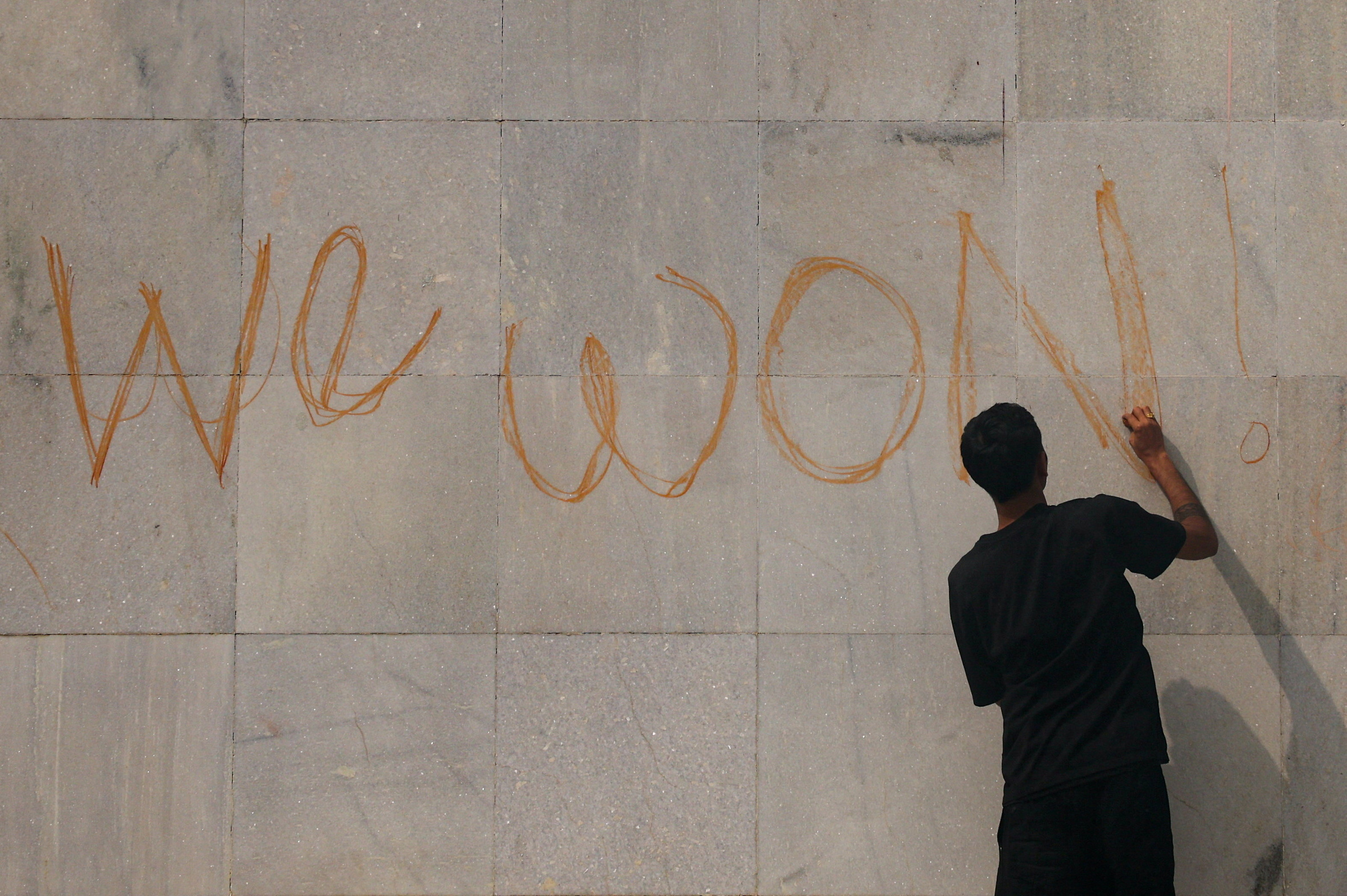 |
Protesters write "we won" on the wall of the Nepalese parliament building in Kathmandu on 9/9. Photo: Reuters |
Protesters write "we won" on the wall of the Nepalese parliament building in Kathmandu on 9/9. Photo: Reuters
Prime Minister Oli's resignation has not quelled the unrest, with many protesters demanding the government's dissolution, a scenario that could further destabilize Nepal.
On 9/9, protesters painted "we won" on the parliament building, but it remains to be seen what this supposed victory means for the entire population.
A power vacuum has emerged. Leaders of Nepal's major security agencies issued a joint statement urging political parties to seek a peaceful resolution.
"A transitional mechanism needs to be established quickly, involving individuals who still hold credibility with the Nepalese people, especially the youth," said Ashish Pradhan, a senior advisor at the International Crisis Group.
Nhu Tam (New Indian Express, ABC, Global News)



